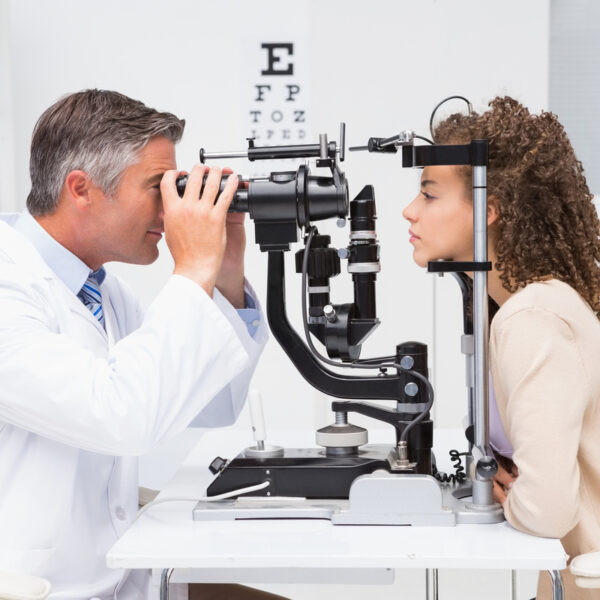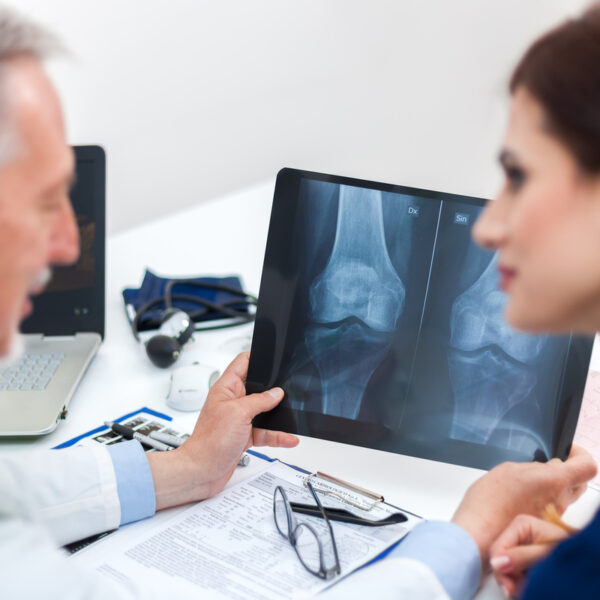
Effective Pain Management for Spinal Stenosis in the Elderly
Spinal stenosis is a common condition among the elderly, characterized by the narrowing of the spinal canal, which can lead to significant pain and discomfort. As the population ages, the prevalence of spinal stenosis is expected to rise, making effective pain management strategies crucial for maintaining quality of life. This article explores various approaches to managing pain associated with spinal stenosis in elderly patients, emphasizing non-invasive and holistic methods. Spinal stenosis occurs when the spaces within the spine narrow, putting pressure on the nerves that travel through the spine. This condition can result in symptoms such as back pain, numbness, tingling, and muscle weakness. In elderly patients, these symptoms can severely impact mobility and overall well-being. Therefore, a comprehensive pain management plan is essential. Non-Pharmacological Approaches Physical Therapy : Physical therapy is often the first line of treatment for spinal stenosis. A tailored exercise program can help strengthen the muscles around the spine, improve flexibility, and reduce pain. Therapists may also teach patients how to modify their activities to avoid exacerbating symptoms. Heat and Cold Therapy : Applying heat or cold packs to the affected area can provide temporary relief from pain and inflammation. Heat therapy helps to relax muscles and improve blood flow, while cold therapy can reduce swelling and numb sharp pain.









